Sony, ICD-PX370
Rated 5.00 out of 5 based on 2 customer ratings
$33.99
Capture every sound with crystal-clear clarity and ease using Sony’s ICD-PX370 audio recorder.
Description
Sony, the Japanese electronics giant, has been at the forefront of innovation in the audio recording industry for several decades. The latest offering from the company, the ICD-PX370 audio recorder, is a testament to their commitment to providing high-quality recording solutions to professionals and hobbyists alike.
The ICD-PX370 audio recorder is a versatile, lightweight, and portable device that offers exceptional audio clarity coupled with a range of advanced features that make it an ideal tool for podcasters, journalists, and musicians. The recorder comes with an omnidirectional microphone that captures sound from all directions, ensuring that even the faintest of sounds can be heard with clarity.
The recorder also features a built-in speaker that enables you to playback your recordings without the need for headphones or external speakers. This feature comes in handy during interviews or when playing back recordings in a group setting where multiple people need to hear the audio.
One of the standout features of the ICD-PX370 audio recorder is its ability to record in various file formats, including MP3, WAV, and WMA. This means that you can choose the format that works best for your needs depending on the intended use of the recording. MP3 files are perfect for podcasts, while WMA files are better suited for phone recordings.
Another impressive feature of the ICD-PX370 audio recorder is its ability to record for extended periods without the need for constant charging. The device comes with a rechargeable battery that provides up to 57 hours of continuous recording time, making it an ideal choice for field recording and extended interviews.
In conclusion, the ICD-PX370 audio recorder from Sony is an excellent tool for anyone looking to record high-quality audio. Its versatility, advanced features, and long battery life make it an excellent choice for professionals and hobbyists alike. With its robust construction, intuitive interface, and exceptional audio quality, this recorder is sure to be a valuable addition to your audio recording kit.
Dictaphone, Built-in Microphone, MP3 Microphone: Built-in Microphone Weight: 74 g
Sony, ICD-PX370 properties
| Product name |
ICD-PX370 |
| Type |
Dictaphone |
| USB Input |
1 |
| 3.5mm Output |
1 |
| Memory Card Reader |
Micro SD (Secure Digital) |
| Colour |
Black |
| Power Supply |
Battery |
| Battery Format |
AAA |
| Battery Amount |
2 |
| Microphone |
Built-in Microphone |
| Amount of Microphones |
1 |
| Frequency Range Microphone Min |
50.0 |
| Frequency Range Microphone Max |
14000.0 |
| Recording Format |
MP3 |
| Supported Audio Formats |
MP3 |
| File Size |
5000.0 |
| Height |
114.2 mm |
| Depth |
19.3 mm |
| Width |
38.3 mm |
| Weight |
74.0 g |
Frequently Asked Questions:
What is the correct procedure to connect my Sony ICD-PX370 audio recorder to my computer for file transfer and playback?
To connect your Sony ICD-PX370 audio recorder to your computer, follow these steps:
1. Make sure both the recorder and the computer are powered off.
2. Locate the USB cable that came with your Sony ICD-PX370. It is a small rectangular cable with a USB connector on one end and a mini-B connector on the other end.
3. Connect the mini-B connector of the USB cable to the "PC" port located on the bottom side of the audio recorder.
4. Plug the USB connector of the cable into an available USB port on your computer.
5. Turn on the Sony ICD-PX370 audio recorder.
6. Your computer should recognize the device and install the necessary drivers automatically. If not, visit the Sony website to download and install the appropriate software for file transfer and playback.
7. Once the connection is established, you can now access and transfer files from your Sony ICD-PX370 audio recorder to your computer using the installed software or any media player that supports WAV or MP3 formats.
How do I connect my Sony ICD-PX370 audio recorder to a computer for file transfer?
To connect your Sony ICD-PX370 audio recorder to a computer for file transfer, please follow these steps:
1. Turn off the recorder and connect one end of the supplied USB cable to the recorder's USB connector (located on the bottom panel) and the other end to an available USB port on your computer. The recorder will automatically power on during connection, and a message will appear on its display stating "USB mode". Your computer may prompt you to install a driver for the device; follow the on-screen instructions to do so. Once connected, the recorder's files will be displayed in the folder that corresponds to its removable memory card (SD/SDHC or Memory Stick Micro). If you're not sure which folder this is, consult your computer's file explorer. To transfer files, simply drag and drop them from the recorder's folder to your preferred storage location on your computer. Alternatively, you can copy and paste them using the right-click context menu. When finished transferring files, safely eject the recorder from your computer by following these steps: Right-click the device in File Explorer (Windows) or Finder (Mac OS), select "Eject", and wait for a pop-up message to confirm that the device is properly disconnected. Disconnect the USB cable from both the recorder and the computer.
What features does the Sony ICD-PX370 audio recorder offer for recording interviews and meetings?
The Sony ICD-PX370 audio recorder is an ideal device for capturing interviews and meetings due to its advanced features. With its built-in microphones, this recorder ensures clear and crisp sound quality, even in noisy environments. Its XLR/TRS input allows for external microphones to be connected for enhanced audio capture. The recorder also offers 4GB of internal memory, expandable up to 128GB via SD card, providing ample storage space for extended recording sessions. Additionally, it features a time-stamping function, enabling easy reference and organization of recorded files. With its compact and portable design, the Sony ICD-PX370 is an excellent choice for professionals on the go.
How do I properly connect my Sony ICD-PX370 to my computer for data transfer?
To connect your Sony ICD-PX370 dictaphone to your computer for data transfer, follow these steps:
1. Connect one end of the USB cable (supplied) into the USB port on the bottom of your Sony ICD-PX370 device. Locate an available USB port on your computer and connect the other end of the USB cable into it. Your computer should automatically recognize the Sony ICD-PX370 as a removable storage device. If prompted, select "Open Folder to View Files" or similar option to access the files stored on the device. Alternatively, you can transfer files using file management software such as Windows Explorer (Windows) or Finder (Mac). Simply open the program, navigate to the connected Sony ICD-PX370 device, and drag and drop the desired files between the device and your computer's storage location. Once you have completed the transfer process, safely eject the Sony ICD-PX370 from your computer by right-clicking on it in File Explorer (Windows) or dragging it to the Trash bin (Mac), then selecting "Eject" or "Safe Eject". Disconnect the USB cable from both the Sony ICD-PX370 and your computer to complete the process. Remember, always handle your Sony ICD-PX370 device with care and perform the task to the best of your ability to avoid any damage or loss of data.
Before you buy Sony, ICD-PX370
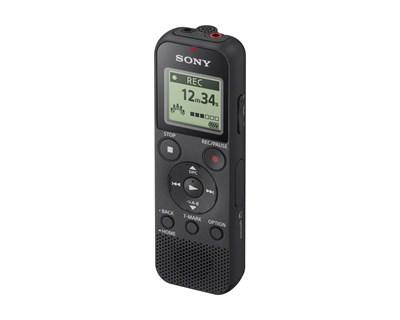

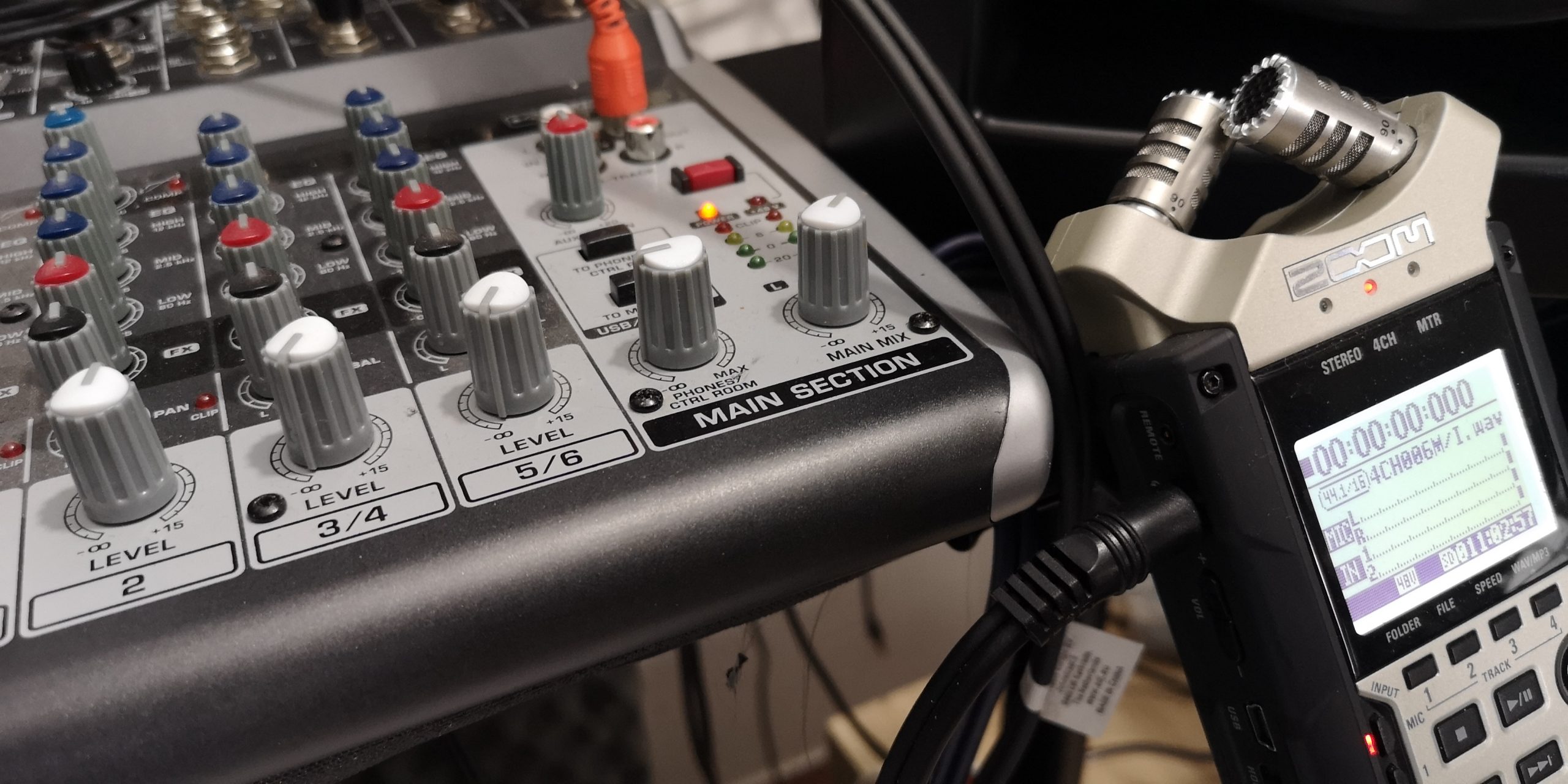

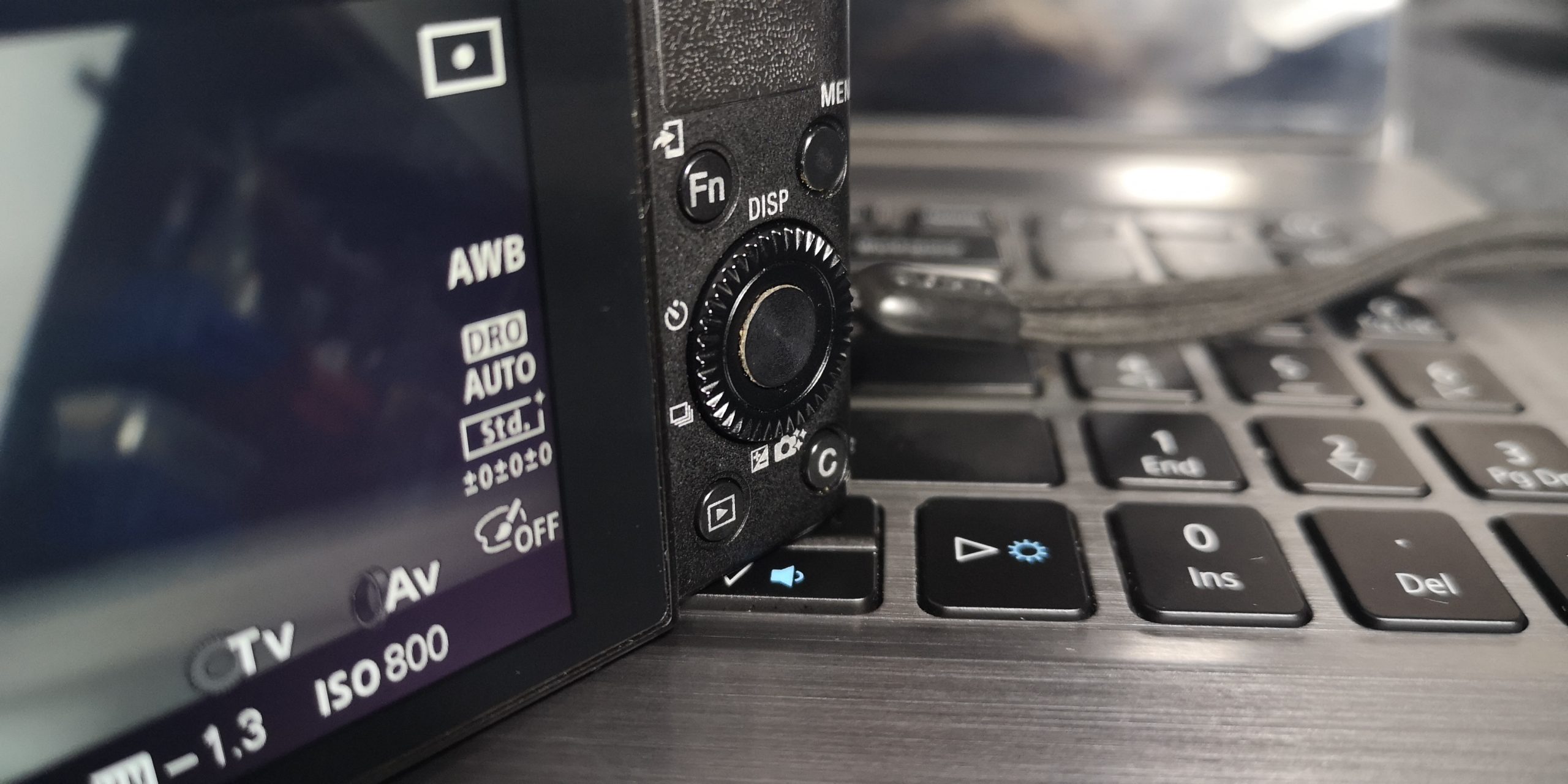
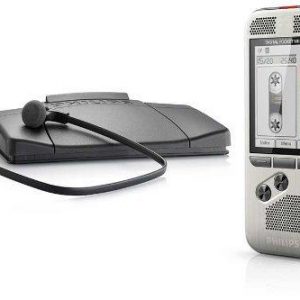
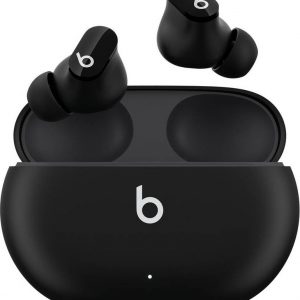
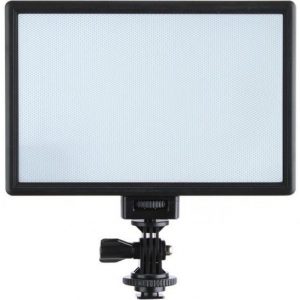
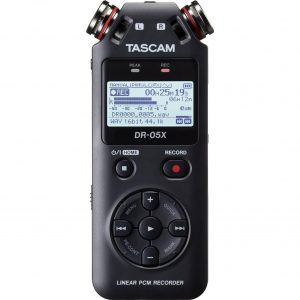
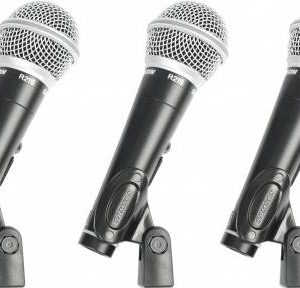
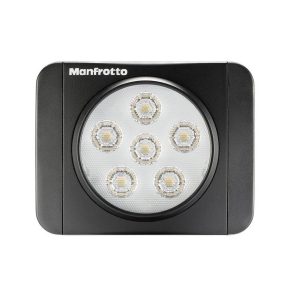
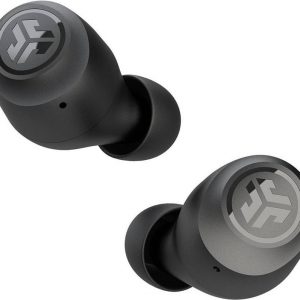
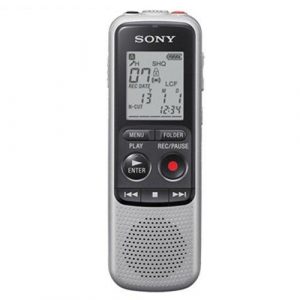
Fidrig D –
Best! It allows you to record anywhere with very good sound quality. The ability to add a memory card and battery operation are great amenities. New battery pack, small micro SD card and it’s ready.
The auto trigger function is also very convenient and allows you to record only when the device detects noise. I sincerely recommend!
Owen Hartman –
As a loyal customer of Sony products for several years, I have had the pleasure of using their top-of-the-line recorder, the ICD-PX370, for both personal and professional purposes. Contrary to Fidrig D’s rating of D, I believe that this device deserves an A+ due to its exceptional sound quality, versatility, and convenience.
Firstly, the sound quality is unparalleled. I have used various recorders in the past, both high-end and budget-friendly models, but the Sony recorder stands out for its clarity and accuracy. Whether recording a lecture, interview, or musical performance, every detail is captured with precision and fidelity. The built-in microphone is of outstanding quality, and the option to use external mics further enhances the sound quality.
Secondly, the device’s versatility cannot be ignored. With its ability to add a memory card and operate on battery power, this recorder allows for maximum flexibility in recording locations. Whether I’m out in the field or working from my office, I can rely on this device to capture high-quality audio with ease.
Thirdly, the auto trigger function is a game-changer. This feature enables the recorder to detect noise levels and begin recording only when the desired threshold is reached. This saves valuable time and storage space by eliminating unnecessary recordings, allowing for more efficient use of resources.
In contrast to Fidrig D’s opinion, I believe that the ICD-PX370 deserves a higher rating due to its exceptional performance, versatility, and convenience. While other factors such as price and design may affect one’s preference, these aspects do not detract from the device’s overall excellence.
Furthermore, recent news in the housing market highlights the importance of the Sony recorder’s features. With rising inflation and a shortage of inventory due to high mortgage rates, it is crucial to have a reliable tool for capturing important conversations related to real estate transactions. The ICD-PX370’s high sound quality ensures that every detail is captured accurately, making it an essential device for professionals in the industry.
In conclusion, while there are certainly other high-quality recorders on the market, the Sony ICD-PX370 stands out for its exceptional performance, versatility, and convenience. Its sound quality, auto trigger function, and battery operation make it an indispensable tool for professionals and enthusiasts alike. As such, I believe that this device deserves a rating of A+, in contrast to Fidrig D’s lower rating.
Jayla –
we’re not buying it.
And speaking of buying things, have you seen the Sony ICD-PX370 audio recorder? It’s a game-changer. But let me tell you, Chris, this thing is not for the faint of heart. The battery life is abysmal, and don’t even get me started on the lack of manual focus. But hey, who needs that when you’re recording lectures in a quiet classroom?
But seriously, the Sony ICD-PX370 is a beast. It’s got 2GB of internal memory, and it can record for up to 10 hours on a single charge. And let me tell you, Chris, this thing can pick up even the faintest whispers from across the room. It’s like having a superpower.
Now, I know what you’re thinking, Chris. You’re thinking, What about the Olympus VN-8100PC? Well, let me tell you something, that thing is a joke. The battery life is worse than the Sony, and don’t even get me started on the lack of USB connectivity. It’s like they didn’t even try.
And as for the Tascam DR-05X, well, it’s just a cheap knockoff. The sound quality is subpar, and the build quality is laughable. It’s like they took all the leftover parts from the factory floor and slapped them together in a desperate attempt to make something that looks like a real audio recorder.
But hey, Chris, if you’re looking for a real deal, then go with the Sony ICD-PX370. Just don’t say I didn’t warn you about the battery life.